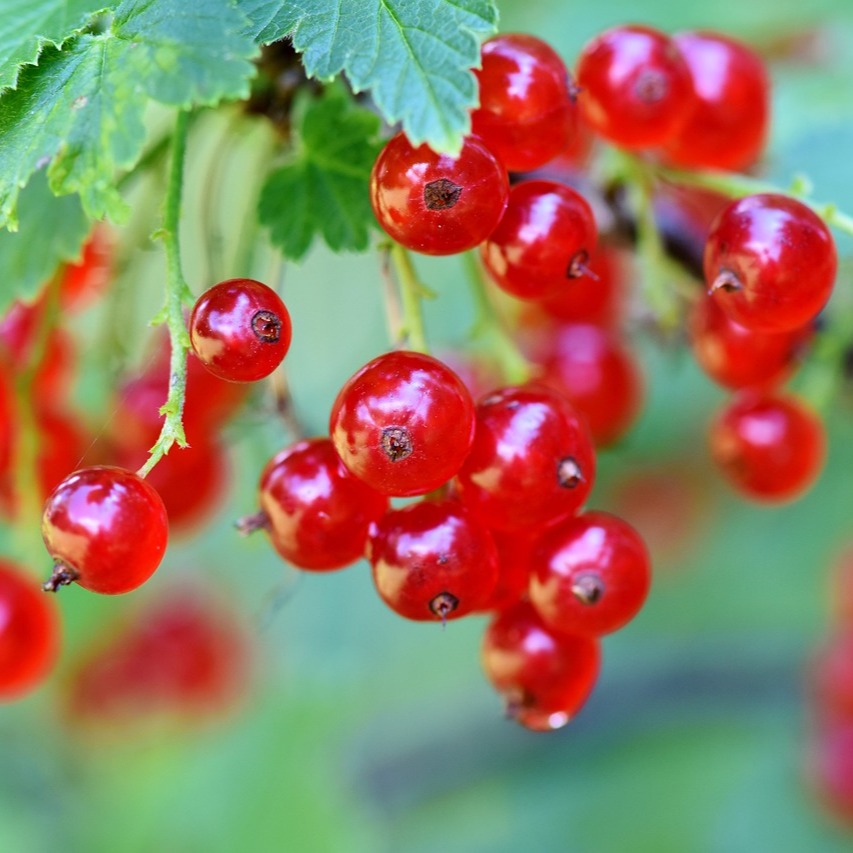
Introduction
Redcurrants are tart and tangy berries that can be grown successfully in the United Kingdom. With their vibrant color and versatile uses, growing redcurrants in your garden can add a delightful touch to your culinary creations. In this comprehensive guide, we will walk you through the process of growing redcurrants, from selecting the right varieties to providing the necessary care for a bountiful harvest. Let's get started!
Choosing the Right Variety
When it comes to redcurrants, there are several varieties suitable for the UK climate. Here are some popular choices:
- 'Jonkheer van Tets': A popular variety known for its heavy crop of large, bright red berries and excellent flavor.
- 'Red Lake': This variety produces abundant clusters of medium-sized, flavorful berries and is known for its disease resistance.
- 'Rovada': An outstanding variety with long clusters of large, juicy berries and a sweet-tart flavor.
- 'Laxton's Number One': This variety offers good yields of medium-sized, sweet berries and is suitable for smaller gardens.
Sowing and Planting
Redcurrants are typically propagated from cuttings or purchased as young plants. Follow these steps to plant your redcurrant bushes:
- Choose a suitable location: Redcurrants thrive in full sun or partial shade. They prefer well-drained soil that is rich in organic matter.
- Prepare the soil: Incorporate compost or well-rotted manure into the soil to improve its fertility and drainage.
- Planting spacing: Space redcurrant bushes 3-4 feet apart to allow for their spreading growth habit.
- Planting depth: Dig a hole slightly larger than the root ball of the redcurrant plant. Position the plant so that the soil level matches the original planting depth.
- Backfill the hole with soil, firming it gently around the roots. Water thoroughly.
Growing
To ensure healthy growth and a plentiful harvest of redcurrants, consider the following tips:
- Sunlight: Redcurrants prefer full sun or partial shade. Aim to provide them with at least 4-6 hours of direct sunlight each day.
- Watering: Keep the soil consistently moist, especially during dry periods. Mulching around the base of the bushes can help retain moisture and suppress weeds.
- Soil conditions: Redcurrants require well-drained soil with a pH between 6.0 and 6.5. Test your soil and amend it with organic matter if needed.
- Fertilizing: Apply a balanced fertilizer formulated for fruit-bearing shrubs in early spring and again in early summer. Follow the recommended dosage on the package.
- Pruning: Prune redcurrant bushes in late winter or early spring to remove dead or diseased branches and encourage better airflow. Thin out overcrowded branches to promote fruiting.
- Pollination: Redcurrants are self-fertile, meaning they do not require cross-pollination from other plants.
Harvesting
Redcurrants are typically ready for harvest in mid to late summer, depending on the variety. Here's how to know when they are ripe:
- Color change: Redcurrants will turn a vibrant red when fully ripe.
- Firmness: Gently squeeze the berries. They should be slightly soft but not mushy.
- Taste test: Sample a few berries to assess their flavor. Redcurrants should be tart and tangy when fully ripe.
- Harvesting technique: Use your fingers to gently pluck the ripe berries from the bushes, being careful not to damage the plants.
Conclusion
Growing redcurrants in the United Kingdom allows you to enjoy the tart and tangy flavor of these vibrant berries. By selecting the right varieties, providing proper care, and addressing common challenges, you can cultivate thriving redcurrant bushes that yield a bountiful harvest. Whether you use them in jams, jellies, desserts, or incorporate them into various culinary creations, redcurrants will add a burst of flavor and color to your garden and kitchen. Happy redcurrant growing!